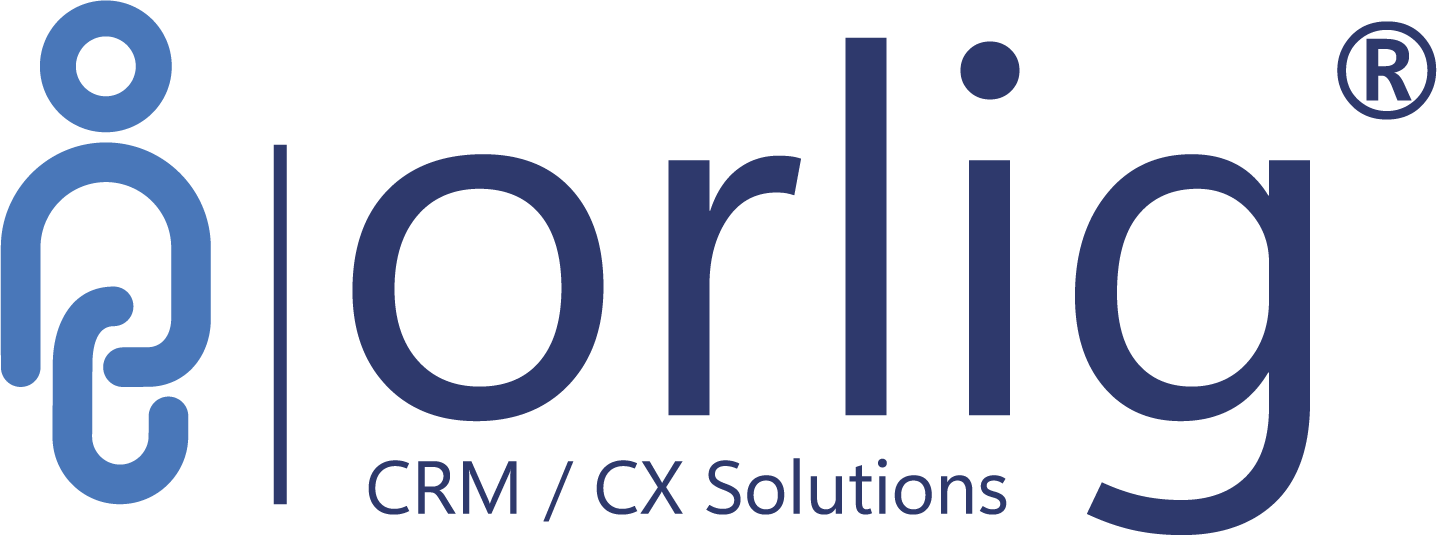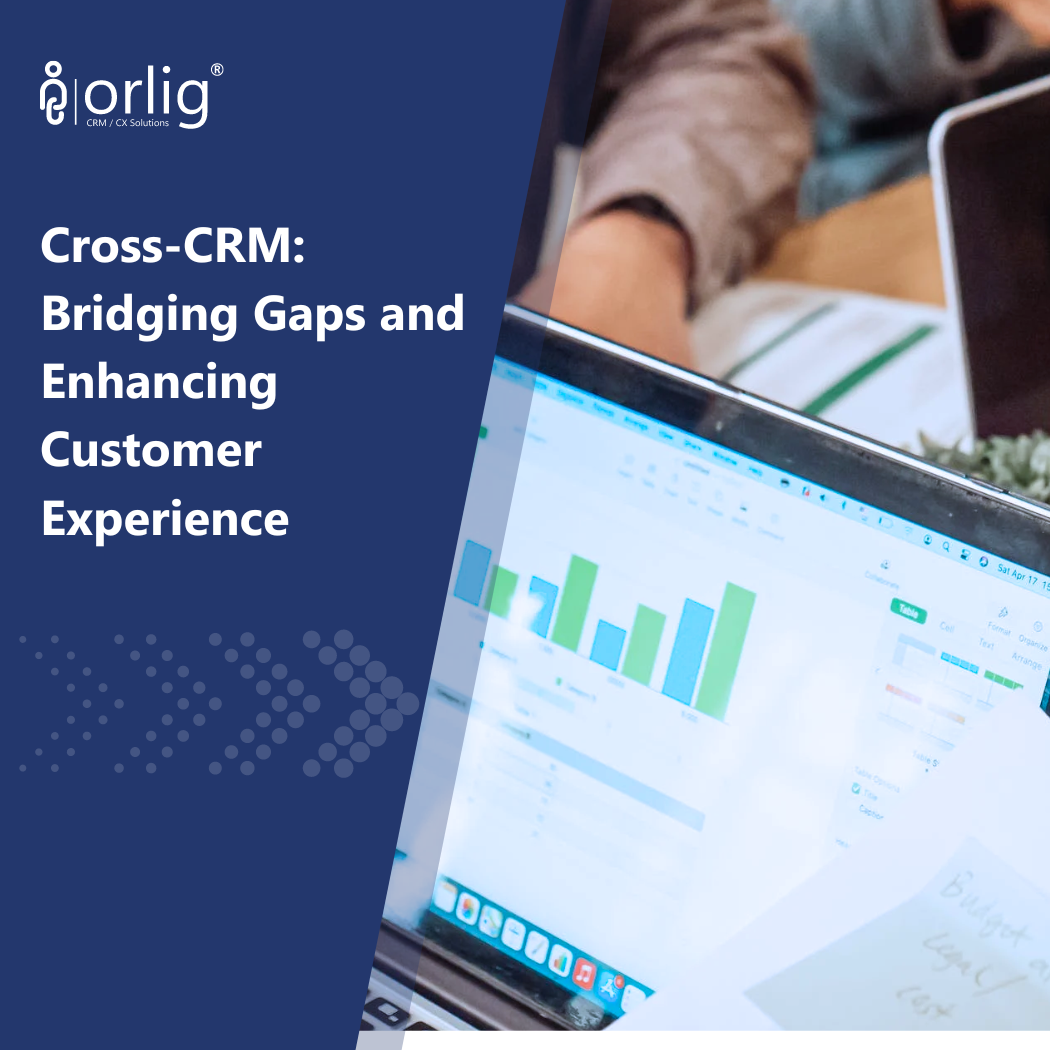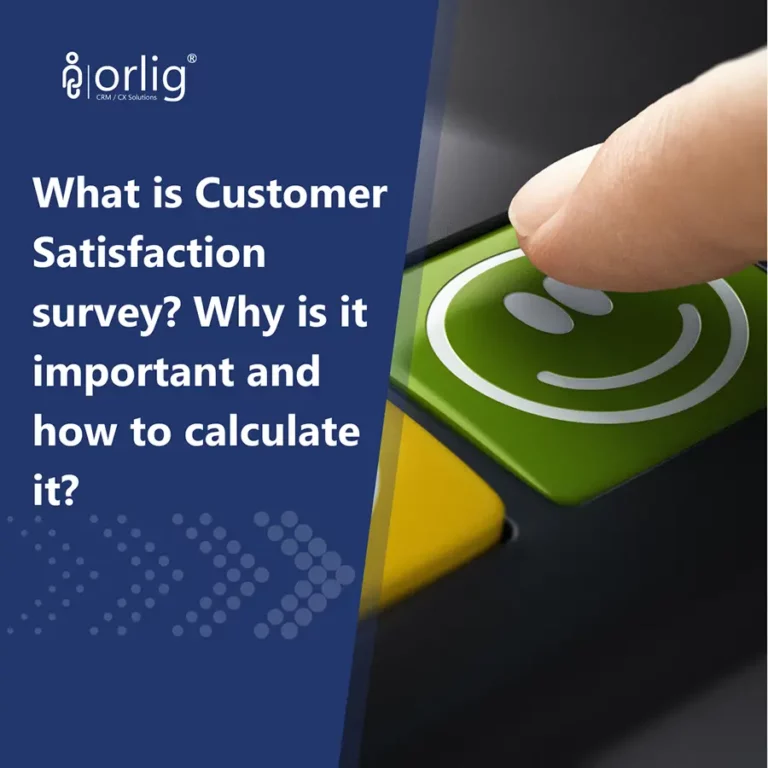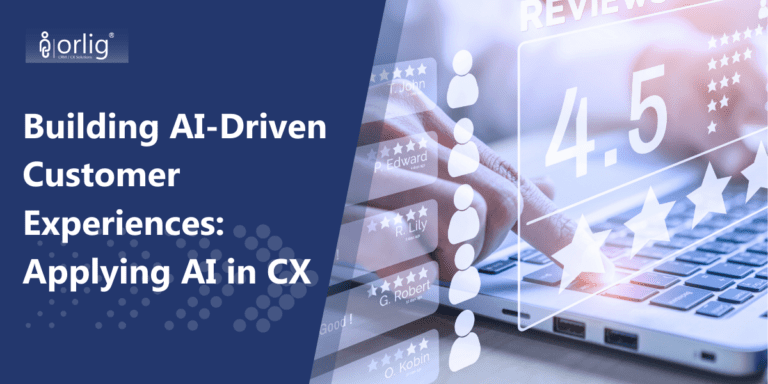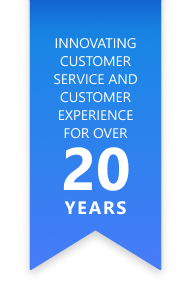
Cross-CRM, also known as Collaborative CRM, is a software that aids different teams to collaborate better in handling customer service by integrating data and interactions from multiple touchpoints of a customer’s journey.
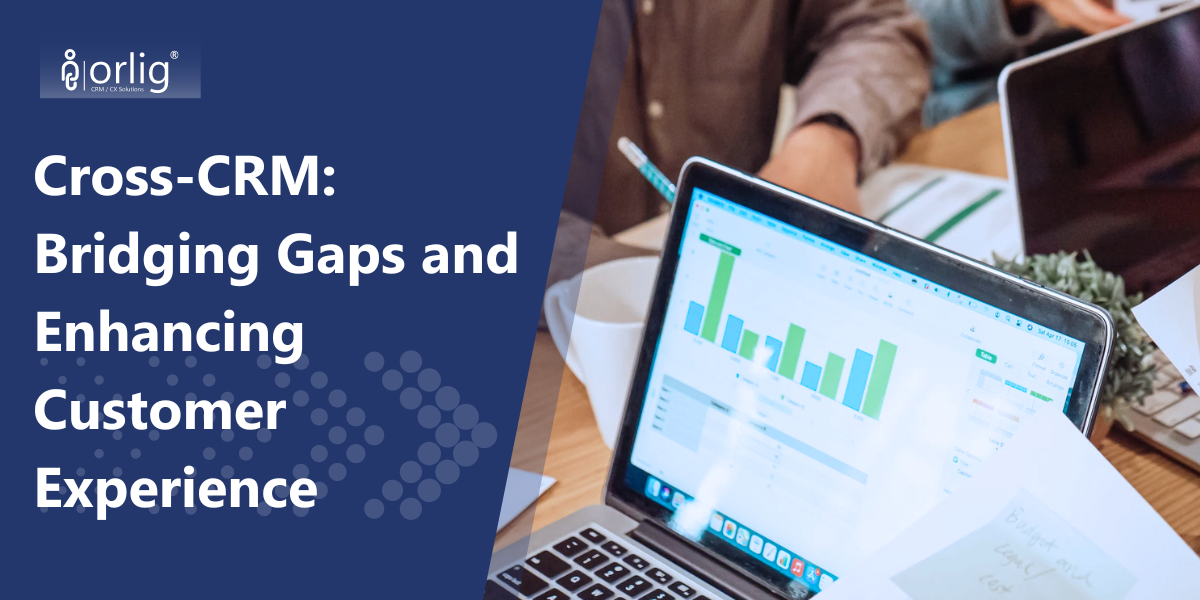
Global companies tend to decentralise their CRM systems, separating it by region (APAC, EU, US) and/or by department (Marketing, Sales, Customer Service). While this gives each region/department better intradepartmental efficiency, a decentralised approach could result in issues such as information silos, data integration and standardisation challenges.
Cross-CRM overcomes this issue by compiling all the data and deploying them into a unified data platform – enabling organizations to integrate and manage customer data more effectively.
Two Significant Parts to Cross-CRM
There are two significant parts to a Cross-CRM:
Channel Management
By combining all customer support channels into a single platform – also referred to as an omnichannel customer service, organisations are able to manage interactions with their customers across multiple channels.
For example, a customer support conversation may start on Facebook, gradually shifting to text messages and end with a phone call. With the information gathered through each channel streamlined across the platform, customers don’t have reexplain their problem at each channel interaction.
Handover Facilitation
By providing a centralised platform for the collection and review of customer data, it makes accessing and sharing of information easier to the departments/regions of an organisation.
Cross-CRM allow marketing teams to collect and store the information of leads in one place, aiding in the handover process by allowing the sales rep to tailor their approach to each lead based on individual lead criteria.
The Benefits of Cross-CRM
A Centralised Database
By storing customer data into one server, organisations are able to track and analyse customer information in one place – eliminating the potential of data inconsistencies and data silos.
| Features | Description |
| Efficient Data Management | – Stores, tracks and analyses customer information in one place. – Eliminates data inconsistencies and silos. |
| Improved Internal Communication | – Prompted customer responses. – Strategic insights for team improvement. |
| Sales Forecasting | – Analyses past performances. – Attracts new customers & retains existing ones |
The organisation’s internal communication is also improved as team reps are able to provide prompt responses to customers; while the team gets an idea of what strategy needs to be changed.
By analysing past performances, organisations are given a forecast of sales opportunities – streamlining the process of managing customer information that helps attract new customers and retaining existing ones.
Streamlines Operational Efficiency
By storing all customer data in one database, staff members are able to have a more comprehensive view of the customers without the hassle of accessing multiple programs or files.
Overall operations have also been made easier with automation – allowing staff members to work on higher-value work, such as closing deals.
Some of these automations include:
- Lead Prioritization – By performing lead scoring for long lists of potential leads, CRM allows sales rep to prioritise contacting leads that are highly likely to convert into deals.
- Welcome Emails – CRM automates this task with its email automation features which involves setting up an email sequence that is automatically sent to a lead based on pre-defined criteria’s.
Improved Customer Service
Each customer has their own unique preferences – some prefer to be contacted via text while others prefer to talk over the phone. Cross-CRM platforms create personalised experience and offerings, ultimately improving the overall satisfaction and loyalty of a customer.
This is achieved by sending out a personalised message and recommending relevant products that are related to the customer’s interest and needs, thus increasing the sales of an organisation.
A Cross-CRM could also enable cross-selling and upselling by analysing customer data and behaviour, allowing businesses to identify products or services the customers may be interested in and making relevant recommendations. Not only does it increase an organisation’s revenue, it also improves customer engagement.
How Cross-CRM Help Organisations Enhance Customer Experience
CRMs are created with a similar goal of bridging departments across organisations; simultaneously managing the relationship and interaction with their customers and potential customers. By incorporating certain features, CRM solutions help organisations gain new customers while retaining current ones.
These features include:
- OLAP (Online Analytical Processing) – A group of methods used in the study of databases, commonly used for evaluating high complex data. Rather than individually analysing each aspect, OLAP analyses them simultaneously.
- Data Mining – Analyses data to solve business problems by identifying patterns and relationships.
- Marketing Automation – Targets specific customer segments with emails, texts, and digital ads that are initiated by triggers such as a purchase or landing page visit. In longer sales cycles, marketing automation is used to track touchpoints, automate follow-ups, and indicate when a lead should progress to a sales lead.
- Sales Automation – Uses behavioural triggers to help the team automatically prolife strategic communications at specific points. This helps the sales department to score and manage leads, automatically generating a sales forecast report.
- Customer Service Automation – This automation includes self-service features, live chat and AI powered chatbots; and automated email responses. This automation assists the organisation to handle customer requests more efficiently.
Conclusion
Overall, Cross-CRM aids organisations to bridge the gap between departments/branches, streamlining their operation efficiency to deliver the best customer experience.
Orlig is a CRM Solution provider that allows customisation to fit the needs of your organisation. Get in contact to learn more.
